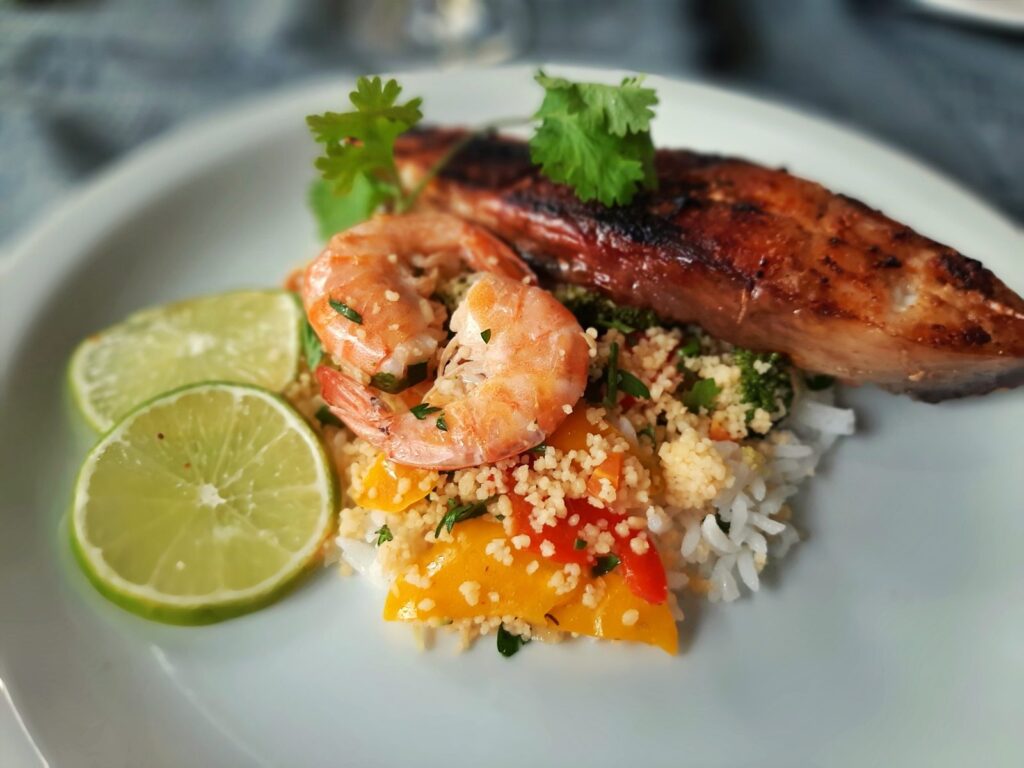What if I have no experience design copywrite?

Breaking into design or copywriting without experience is possible when the goal is defined, the practice is structured, and the output is visible. This guide lays out a practical roadmap—from skill basics to a portfolio that clients trust.
Step 1: Choose a Clear Starter Track
Before learning everything at once, pick a focused entry point.
For Design
- Micro-branding: logos, color palettes, and simple brand guidelines.
- Social graphics: carousels, ads, thumbnails.
- Landing pages: wireframes + high-fidelity mockups for a single service.
For Copywriting
- Website copy: Home, About, Services (short-form, high impact).
- Blogs: 800–1,200 words with clear structure and subheads.
- Email sequences: welcome, offer, follow-up (3 emails).
A narrow scope reduces overwhelm and speeds up portfolio creation.
Step 2: Learn the Minimum Viable Fundamentals
Design Fundamentals
- Hierarchy: one dominant headline, generous subheads, consistent body text.
- Spacing: larger paddings than you think (24–40px on web), clear line-height.
- Contrast & color: accessible color contrast; a primary color, a neutral, and one accent.
- Alignment & grids: 8-point spacing grid; align to columns for tidy layouts.
Tools: Figma/Canva for visuals; Coolors for palettes; Contrast checkers for accessibility.
Copywriting Fundamentals
- Clarity first: short sentences, everyday words, active voice.
- Structure: headline → problem → value → proof → action.
- Audience: define one reader, one problem, one promise.
- Proof: testimonials, numbers, before/after outcomes.
Frameworks to practice:
- AIDA: Attention, Interest, Desire, Action.
- PAS: Problem, Agitate, Solution.
- 4U headlines: Useful, Urgent, Unique, Ultra-specific.
Step 3: Build a Micro-Portfolio in 7 Days
No clients yet? Use “mock” but realistic projects that demonstrate outcomes.
Day 1–2: Research a Niche
Pick one niche (cafés, local gyms, home cleaning, language tutors). Collect 5 competitor examples and note: tone, offers, visual style, gaps.
Day 3–4: Project 1 (Website or Landing Page)
- Design: wireframe (hero, benefits, proof, CTA), then high-fidelity design.
- Copy: headline with a clear promise, three benefits, one CTA.
Export images and write a 3-line case blurb: problem → solution → outcome (hypothetical but plausible).
Day 5: Project 2 (Blog or Email)
- Blog: 1,000 words with H2/H3, internal subheads, skimmable bullets, an FAQ of 3 questions.
- Email sequence: welcome, value/offer, reminder—each 120–180 words.
Day 6: Project 3 (Social or Brand Kit)
- Design option: a 6-slide carousel with a hook, value, CTA.
- Copy option: ad copy set—hook, primary text, headline, description (3 variants).
Day 7: Package & Publish
Host on Notion, Google Drive, or a simple website builder. Include thumbnails, brief context, and a contact button.
Step 4: Practice With Repeatable Templates
Design Templates (starter sections)
- Hero: Value headline + 1-line supporting copy + primary CTA.
- Benefits (3): short headline + one sentence each + simple icon.
- Proof: testimonials, star ratings, client logos (or placeholders).
- Offer block: what’s included, price/CTA, guarantee line.
- FAQ (3–5): objections answered in plain language.
Copy Templates (plug-and-play)
- Landing page headline: “Get [result] without [pain] in [timeframe].”
- Benefit bullets: “So you can [tangible outcome].”
- CTA line: “Start your free consult” / “See pricing” / “Get the checklist.”
Save these as reusable blocks; repetition builds speed and quality.
Step 5: Improve Fast With Tight Feedback Loops
- One focused critique per piece: ask for feedback on clarity or layout spacing, not everything.
- A/B tiny edits: test two headlines or hero images with friends or small communities.
- Rewrite rhythm: first draft → 10-minute break → cut 15% of words → read aloud once.
Step 6: Offer a Simple Starter Service
Clients buy clarity.
Design Starter: “One-page landing design in Figma + mobile version + export kit.”
Copy Starter: “Home + About + Services (900–1,200 words total), two revisions, delivered in Google Docs.”
Bundle: “Landing design + copy + one hero illustration.”
Price modestly for first 3–5 clients in exchange for permission to show the work and a short testimonial.
Step 7: Outreach Script That Works
Short, specific, and relevant.
Hello [Name], noticed your site has great reviews but the home page buries the main offer. I drafted a 30-second mock hero section showing a clearer headline and CTA. If it’s useful, I’d be happy to design/copy the full page on a simple fixed price. Want me to send the mock?
Attach one cropped preview (not the whole deliverable). Keep follow-ups polite and spaced a few days apart.
Step 8: Common Mistakes to Avoid
- Learning forever, publishing never: ship visible artifacts weekly.
- Fancy effects over clarity: readable type and spacing beat gradients and animations.
- Vague promises: “quality design” and “engaging copy” mean nothing without outcomes.
- Crowded pages: give elements room; white space increases perceived quality.
- Ignoring mobile: design and copy should be thumb-friendly with concise headlines.
Step 9: Level Up After 30–60 Days
- Design: learn auto-layout, components, and responsive constraints in Figma; practice two full landing pages/week.
- Copy: collect 10 proven headlines; rewrite them for three niches; study competitor tone.
- Proof library: screenshots of improved clarity, split-test notes, or small metric wins (click-throughs, time on page).
Quick Reference: One-Hour Build Flow
- Research competitor pages (10 minutes).
- Draft headline + subhead + CTA (10 minutes).
- Wireframe hero + benefits + proof (15 minutes).
- Write benefit bullets and CTA microcopy (10 minutes).
- Polish spacing and typography; export and present (15 minutes).
FAQ
Can someone start with Canva instead of Figma?
Yes. Canva is fine for social and simple landing visuals. Move to Figma when component systems and responsive layouts are needed.
What if writing feels slow?
Outline first (H2/H3), write bullets under each, then expand into sentences. Aim for short, active lines and remove filler.
How many projects should a beginner portfolio have?
Three strong, focused pieces beat ten weak or unfocused ones. Add real client work as soon as possible.
Should beginners work for free?
Offer a small discounted “pilot” with clear scope and a testimonial requirement rather than open-ended free work.

 English
English 


































































































